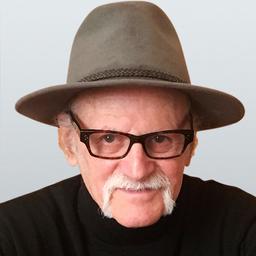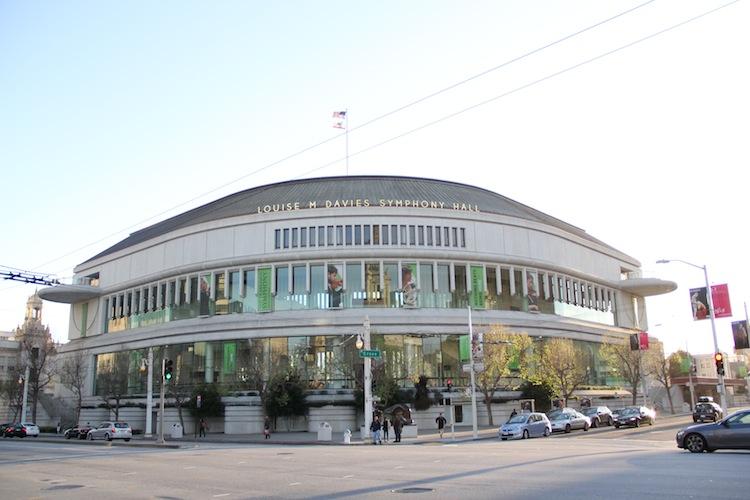Commentary
In 2021, the New York Times reported that the San Francisco Board of Education had approved a plan to rename 44 of the city’s schools that were named after people such as Abraham Lincoln, George Washington, Paul Revere, and Robert Louis Stevenson, due to those historical figures’ connection with white supremacy and patriarchy.





